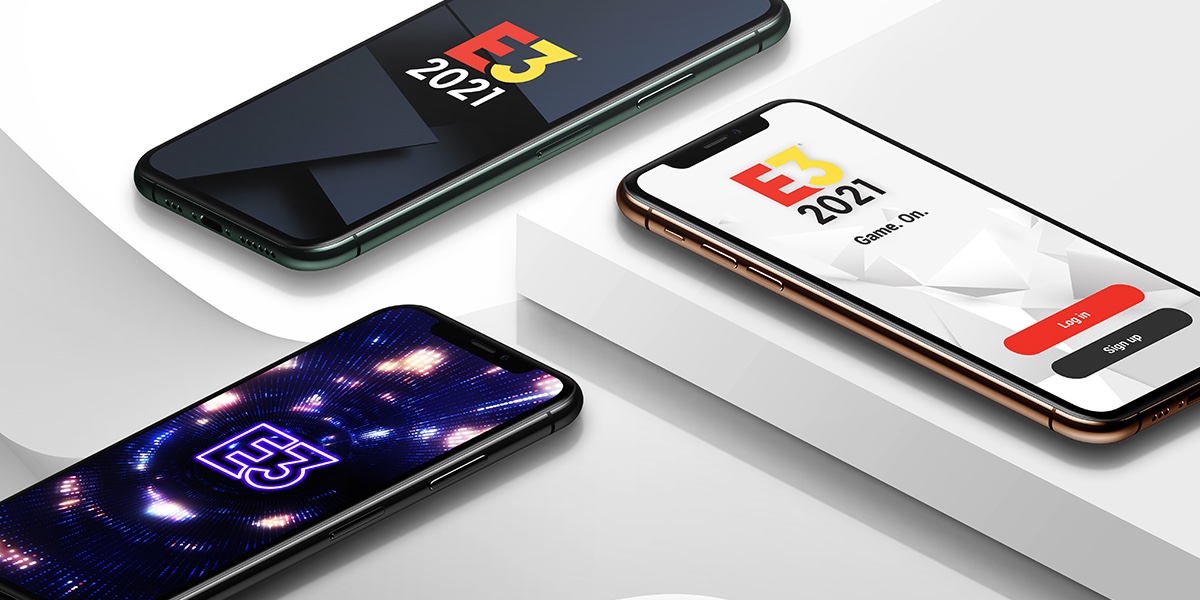“It’s critical that gamers and game creators understand the different types of intellectual property protections and how they interact in the marketplace. But it’s perhaps even more critical that policymakers understand the dynamic.”
While countless industries have been forced to adapt to the COVID-19 pandemic, the video game industry has been on a winning streak. Historic numbers of people have turned to video games for social connection, competitive sport, and everything in between. By the numbers, one in three people on the planet play video games and, this week, millions of those people tuned into E3, the premiere event for game players and game creators alike.
At E3 we witnessed product reveals and demonstrations from some of the biggest names in the business, such as Nintendo and Xbox, in addition to an impressive new wave of independently produced video games. As the future of gaming unfolds before our eyes, we’ve experienced how new technology is driving advancements in graphics, animation, gesture controls, voice and facial recognition, virtual reality, augmented reality, and more.
It’s important to celebrate this progress, and it’s just as important to celebrate the present. As it stands, the video game industry already supports more than 428,000 jobs across the United States, with average employee incomes and compensation totaling $121,459 – more than double the national average. That employment translates into an economic output to the tune of $90.3 billion each year.
All of this impact starts with an idea: an idea for a new story, a new character, a new combination of art and science to entertain us and immerse us in a new experience.
IP: A Key Weapon in the Game
But an idea in and of itself isn’t enough to succeed in the video game marketplace. When ideas become tangible products, they risk being stolen or imitated. That’s where intellectual property protections come in. Intellectual property protections ensure video game innovation is safeguarded, incentivized, and delivered to players around the world.
Like Tetris blocks, here’s how IP fits together in supporting a vibrant video game industry:
Patents: Patents drive investment in the video game industry. A patent signals to an investor that the years—sometimes decades—of research and development inherent in technological discovery is worthwhile. In the video game industry, patents for everything from game controllers to the microchips powering a console can ensure a creator’s ownership of all the processes and physical devices that make up their unique video game. Patents also allow creators the legal foundation to share that ownership with other creators. Thus, the video game knowledge pool expands and builds upon itself.
Copyrights: Copyright protections support the rich canon of video game worlds, characters, and stories that we know and love. But the work of video game creators and publishers is only part of the story. Aside from protecting the software that brings these ideas to life, copyright protections facilitate cooperation between creators in the video game industry and the platforms on which they operate. That’s why video game software and devices use a series of digital protections, referred to as technological protection measures (TPMs), to defend their content against illegal copying and distribution. Thanks to copyright law, bad actors can’t bypass these TPS or distribute tools intended to help others bypass them. Without such infrastructure in place, video game creators would be constantly threatened by subpar rip-offs and copycats – and gamers would be constantly threatened by those rip-offs’ and copycats’ built-in malware and viruses.
Trademarks: Trademarks build trust in the video game community. Video game creators use trademarks to claim their names, logos, and other brand identifiers. Concurrently, gamers use trademarks to easily identify the source of the games and devices they’re purchasing. Without trademarks, the video game marketplace would be full of confusion and gamers would be lacking in confidence. Imagine logging onto the app store and seeing hundreds of identical versions of the Angry Birds icon. How would you know which one was the legitimate one and which ones were the scams?
It’s critical that gamers and game creators understand the different types of intellectual property protections and how they interact in the marketplace. But it’s perhaps even more critical that policymakers understand the dynamic.
With intellectual property protections, it’s game on for gaming innovation and access. But, without intellectual property protections, it would most certainly be game over.

![[IPWatchdog Logo]](https://ipwatchdog.com/wp-content/themes/IPWatchdog%20-%202023/assets/images/temp/logo-small@2x.png)


![[Advertisement]](https://ipwatchdog.com/wp-content/uploads/2024/04/Patent-Litigation-Masters-2024-sidebar-early-bird-ends-Apr-21-last-chance-700x500-1.jpg)

![[Advertisement]](https://ipwatchdog.com/wp-content/uploads/2021/12/WEBINAR-336-x-280-px.png)
![[Advertisement]](https://ipwatchdog.com/wp-content/uploads/2021/12/2021-Patent-Practice-on-Demand-recorded-Feb-2021-336-x-280.jpg)
![[Advertisement]](https://ipwatchdog.com/wp-content/uploads/2021/12/Ad-4-The-Invent-Patent-System™.png)







Join the Discussion
One comment so far.
ipguy
June 16, 2021 12:15 pm“A patent signals to an investor that the years—sometimes decades—of research and development inherent in technological discovery is worthwhile.”
Until the PTAB says Section 101 makes that investment in a patent worthless.